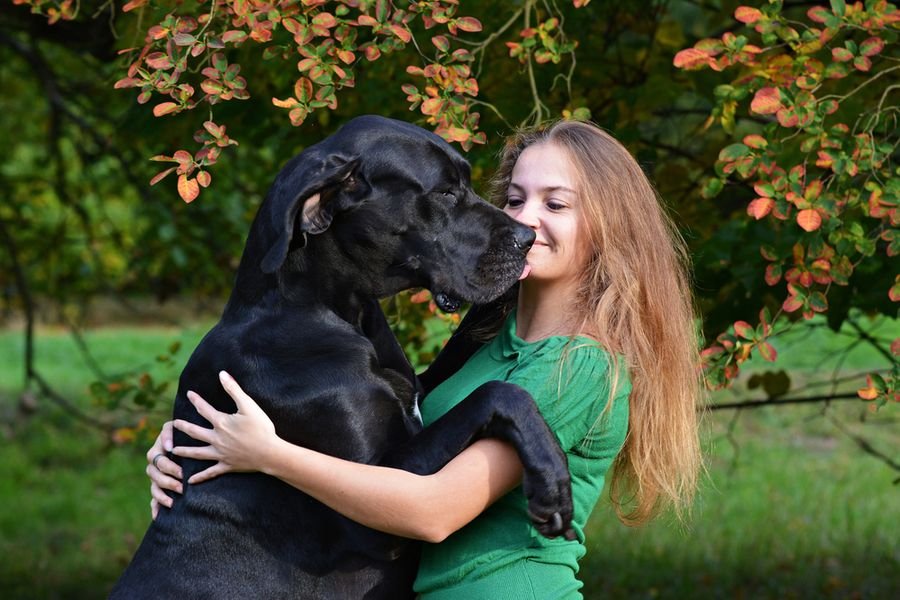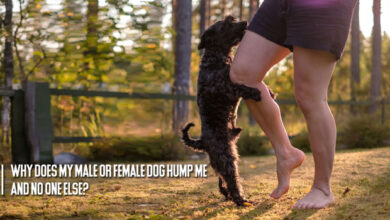The Facts About Great Danes Webbed Feet
Dogs are exceptional pets. Their bond with humans is well known through the ages and are among the most trustworthy companions. Pet parenting is a pleasant experience filled with fun times but it has some challenges as well. Knowing about some unique characteristics of the pet you own including the common issues that they face makes it easy to recognize the symptoms for faster resolution.
Every dog breed has unique features and particular healthcare needs based on their uniqueness. One of such special features seen among some dog breeds is webbed feet.
Webbed feet are most common among the Great Dane dog breeds. By nature, these dogs are massive, powerful, yet gentle & their feet have this very particular set of desirable traits.
Let’s look into some significant facts about Great Danes’ webbed feet in this article.
About Webbed Feet
Webbed feet are most common among water-dwelling creatures, such as ducks and frogs. However, almost every dog has slightly-webbed feet. If you spread their toes, you can see some connecting skin between them.
Great Dane is among the dog breeds that have webbed feet. Are you concerned if they create any problems for your cute friend? Let’s drill down into this feature and know some interesting facts.

Benefits of Great Danes Webbed Feet
Yes. You read that right! Webbed feet offer some significant benefits in the routine life of your Great Danes. Some Great Danes may exhibit this trait more, while in some, the feature is seen less. However, The webbing on the feet of your Great Danes is medium compared to water-dwelling species.
How do webbed feet help Great Danes? Let’s find out:
Walking On Difficult Surfaces
Usually, Great Danes have a large-sized or bulky body. They have been great hunters and protectors. Walking through the wooden terrains is common for them. Their webbed feet help them walk on muddy and slippery surfaces without falling or sinking.
Without the webbed feet, it could have been tedious for Great Danes to walk on rugged terrains. Webbed feet help them to have better stability in areas where rain and snowfall are above average. They widen the feet and use the webbing membrane effectively to create a frictional grip.
Better Agility In Water
Great Dane’s webbed feet help them swim faster. The webbing adds to the area of their paw, making it similar to boat paddles. They can move through the water quickly due to this additional area. Even though they have massive bodies, the webbed feet help them move more water and swim at an incredible pace. However, as pets, owners must train their Great Danes to swim at the right age.
Enhanced Digging Abilities
Dogs love digging in the backyards. Especially during summer, they often dig to sit on the pit for relief from higher temperatures. Besides, digging and exploring are an integral part of hunting. Since Great Danes are good hunters, their webbed feet increase their capacity for digging. The skin membrane between their toes makes their paws similar to shovels. The additional area between the toes helps them take out more soil in one go.
Read more: Best High Fiber Dog Food for Anal Gland Problems
Possible Health Issues Related To Webbed Feet
Even though Great Danes don’t face health issues solely because of webbed feet, but they may face some common problems, such as:
Rough Paw Pads (Paw Pad Hyperkeratosis)
Sometimes you may notice roughness on your Great Dane’s paw pads. Usually, dogs carry out many activities on their bare paws. Therefore, some roughness is natural. However, if you feel that the roughness is beyond the normal range, you should take your dog to a vet.
The reasons for rough paw pads include infection, consistently playing on hard surfaces, genetic hyperkeratosis, and more. The following symptoms indicate rough paw pads among Great Danes:
- Difficulty walking or running
- Swelling in paws
- Itching
- Hair Loss
- Abnormal growth of dog’s nails, and more.
Take your dog to a vet near you if any of these symptoms persist beyond a week. A professional veterinarian is a suitable person to diagnose and treat rough paw pads.
Paw Infection (Pododermatitis)
If your Great Dane is excessively licking or chewing its paws, that may signify paw infection. The medical term for this health issue is Pododermatitis. The symptoms also include:
- Thickening of paws
- Swollen and red paws
- Ulcers on the paws
- Hyperpigmentation
- Crusts, blisters, or nodules on the paws
Reasons for paw infection include friction in paws due to obesity, fungal, parasitic, or bacterial infection, allergies, trauma, hormonal diseases, and more.
Take your dog to a vet nearby for a checkup if you find any of the symptoms mentioned above. Diagnosis and treatment of paw infection at the initial stage through a vet is essential. It helps terminate further damage and allows your dog to recover faster.
How Professional Veterinarians Can Help
Licensed, experienced, and best-rated veterinarians can diagnose the health issue among your dogs to find the root cause. The vets verify the history of the problem and conduct a thorough physical checkup to diagnose the rough paw pads and paw infection.
Based on the age, breed, the cause, and the physical condition of the dog and the affected area, they design a customized line of treatment for every dog. Find a vet nearby and take your dog to the vet as soon as you can. To save your dog from any further medical deterioration, immediate medical attention is required.
How To Find A Vet for Your Great Dane
The most convenient way to find a vet nearby is through an online vet discovery platform. These websites allow you to get location-specific lists of vet clinics and hospitals.
You can browse through their clinic profiles, see reviews, get contact details, and schedule an appointment for your dog immediately. Besides, it enriches conveyance as you can search for a nearby vet clinic & be able to take your dog to a vet near your locality for a checkup.
For instance, if you are in the Anaheim Metro area, you can land on the list of veterinarians in Anaheim by entering the metro area’s name in the search bar or choosing the list item from the metro areas across the country online vet discovery platform.
The Bottom Line
We hope that the exciting facts about webbed feet in Great Danes covered in the article will be helpful. Never overlook any symptoms of the health issues related to webbed feet, and schedule an appointment with your nearest vet for immediate medical attention.



